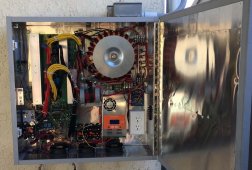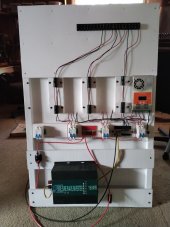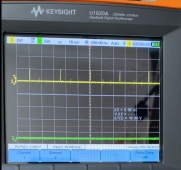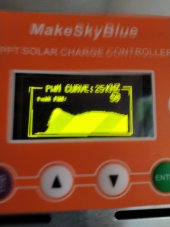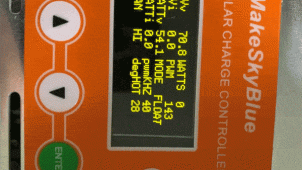oh... u are RIGHT!! very good.. sorry for the duh..In your schematic, if A8(74HC14-1) is plus, 74HC14-2,3,5 are minus. 74HC14-4 (PWM1) and 74HC14-6 (PWM2) are plus. So effectively, no inversion. I followed the same two buffers in series scheme. But for the fan drive, no series buffers.
u might flip fan drv in software if its a problem to add an inverter..



